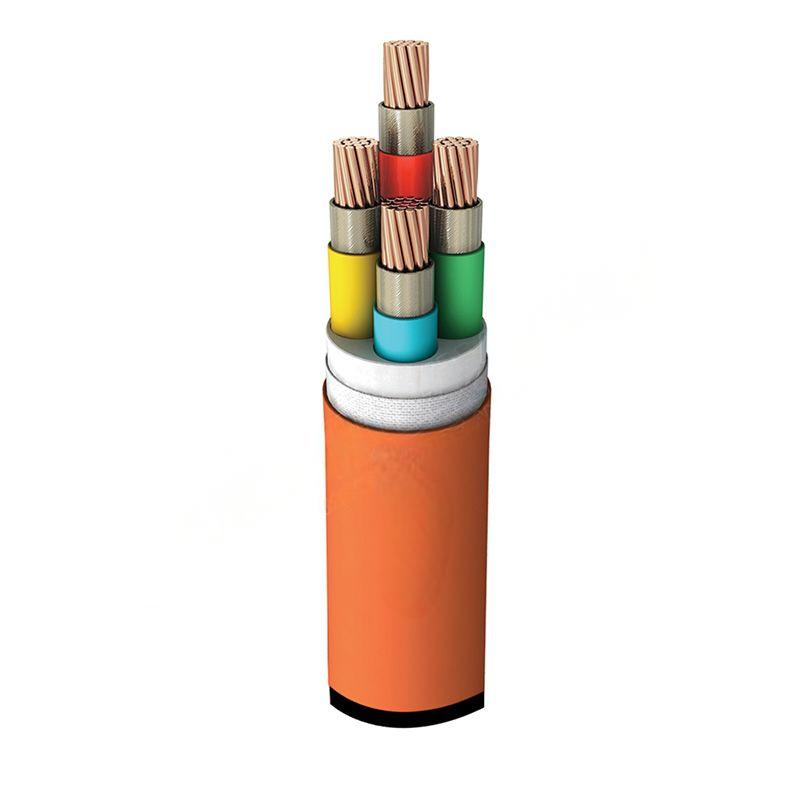Dec . 10, 2024 07:05 Back to list
Grooved End Butterfly Valve for Efficient Flow Control in Various Applications
Understanding Grooved End Butterfly Valves Features and Applications
In the realm of fluid control systems, valves play a pivotal role in facilitating the regulation of flow and pressure. Among various types of valves, the butterfly valve, particularly the grooved end butterfly valve, has gained prominence due to its design and functionality. This article explores the features, advantages, and applications of grooved end butterfly valves in modern fluid handling systems.
What is a Grooved End Butterfly Valve?
A grooved end butterfly valve is a type of quarter-turn valve that utilizes a rotating disc to regulate the flow of fluids. The term grooved end refers to the valve's specific connection type, which features grooves on the ends that allow for quick and secure attachment to pipes. This design is particularly beneficial in systems where space and weight constraints are paramount, as it eliminates the need for additional flange fittings.
Key Features
1. Design and Construction The grooved end butterfly valve typically consists of a disc, housing, and actuation mechanism. The disc is the critical component, rotating 90 degrees to either open or close the flow path. Constructed from durable materials such as stainless steel, ductile iron, or PVC, these valves are designed to withstand various operating conditions.
2. Compact Size One of the most significant advantages of grooved end butterfly valves is their compact size. They occupy minimal space compared to traditional valve types, making them an ideal choice for installations with limited room.
3. Lightweight The materials used in constructing these valves often make them lighter than other valve options. This lightweight characteristic facilitates easier handling and installation, reducing labor costs and time.
4. Easy Installation The grooved end connection method simplifies installation. Technicians can quickly affix the valve to the piping system using a grooved coupling, accelerating project timelines and minimizing the need for complex welding or drilling.
5. Efficient Flow Control Butterfly valves provide a straight-through flow path, which helps to minimize pressure drop and turbulence within the system. This efficiency is particularly beneficial in applications involving high flow rates or sensitive pressure control environments.
6. Versatility Grooved end butterfly valves are suitable for a wide range of applications across different industries, including water treatment, HVAC systems, chemical processing, and food and beverage production. Their versatility underscores their importance in contemporary engineering solutions.
grooved end butterfly valve

Advantages of Grooved End Butterfly Valves
1. Cost-Effectiveness The simple design and ease of installation contribute to lower overall costs. Reduced labor, fewer materials required for fittings, and less space needed for installation all translate to substantial savings.
2. Durability Constructed from robust materials, grooved end butterfly valves are resistant to corrosion and wear, ensuring a long operational life. This durability contributes to lower maintenance requirements and fewer replacements over time.
3. Reduced Flow Resistance The efficient design of butterfly valves allows for minimal obstruction to flow when fully open. This feature is crucial in processes where maximizing flow efficiency is essential, such as in firefighting systems or large-scale industrial applications.
4. Quick Operation With just a quarter turn required to open or close the valve, operators can quickly respond to system changes or emergencies. This aspect is particularly critical in automatic systems, where rapid response times are necessary.
Applications
Grooved end butterfly valves find applications in various sectors, including
- Water Supply and Distribution They are commonly used in municipal water systems for isolating sections of pipe or controlling flow rates in treatment facilities. - HVAC Systems In heating, ventilation, and air conditioning systems, these valves regulate airflow and temperature control. - Chemical Handling Due to their durability and resistance to corrosive substances, grooved end butterfly valves are extensively used in chemical processing plants. - Food and Beverage Industry Ensuring sanitary standards, these valves provide reliable control of flow in food processing applications.
Conclusion
Grooved end butterfly valves represent a significant advancement in valve technology, combining efficiency, space-saving design, and ease of use. As industries continue to emphasize automation and efficiency, the demand for reliable fluid control solutions like grooved end butterfly valves is likely to grow. By understanding their features and applications, engineers and technicians can make informed decisions that enhance system reliability and performance.
Share
-
Reliable Wafer Type Butterfly Valves for Every IndustryNewsJul.25,2025
-
Reliable Flow Control Begins with the Right Ball Check ValveNewsJul.25,2025
-
Precision Flow Control Starts with Quality ValvesNewsJul.25,2025
-
Industrial Flow Control ReliabilityNewsJul.25,2025
-
Engineered for Efficiency Gate Valves That Power Industrial PerformanceNewsJul.25,2025
-
Empowering Infrastructure Through Quality ManufacturingNewsJul.25,2025